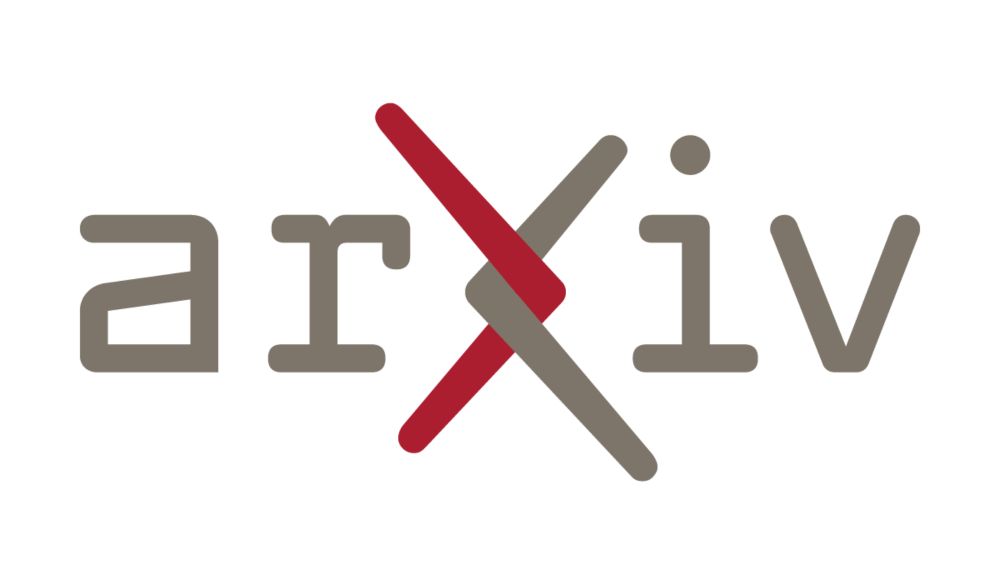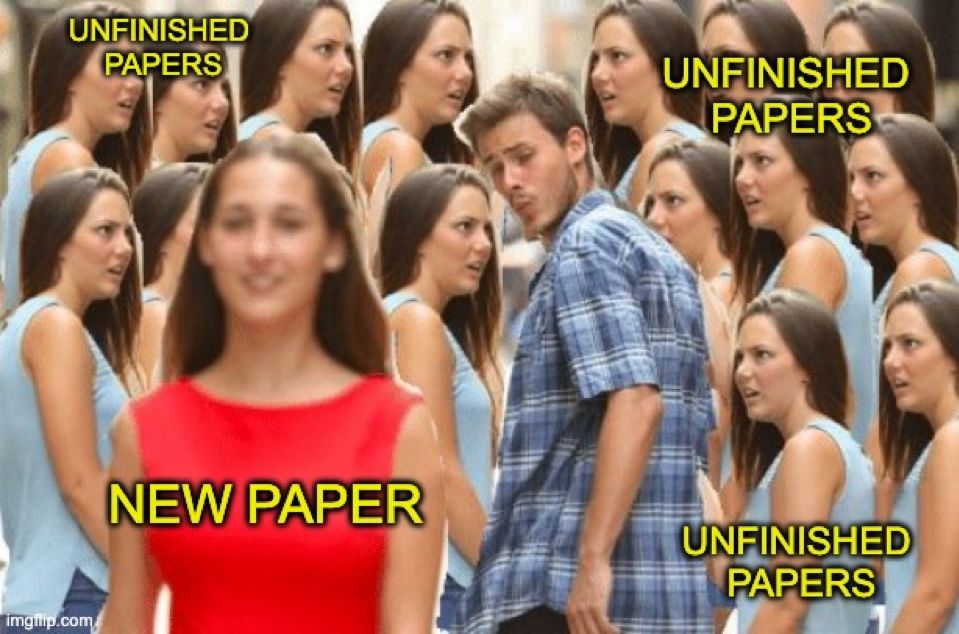Karim Farid
@kifarid.bsky.social
2.2K followers
800 following
24 posts
PhD. Student @ELLIS.eu @UniFreiburg with Thomas Brox and Cordelia Schmid
Understanding intelligence and cultivating its societal benefits
https://kifarid.github.io
Posts
Media
Videos
Starter Packs
Reposted by Karim Farid
Simon Ging
@simon.ging.ai
· May 8

Using Knowledge Graphs to harvest datasets for efficient CLIP model training
Training high-quality CLIP models typically requires enormous datasets, which limits the development of domain-specific models -- especially in areas that even the largest CLIP models do not cover wel...
arxiv.org
Reposted by Karim Farid
Reposted by Karim Farid
Reposted by Karim Farid
Reposted by Karim Farid
Reposted by Karim Farid
Karim Farid
@kifarid.bsky.social
· Dec 5







